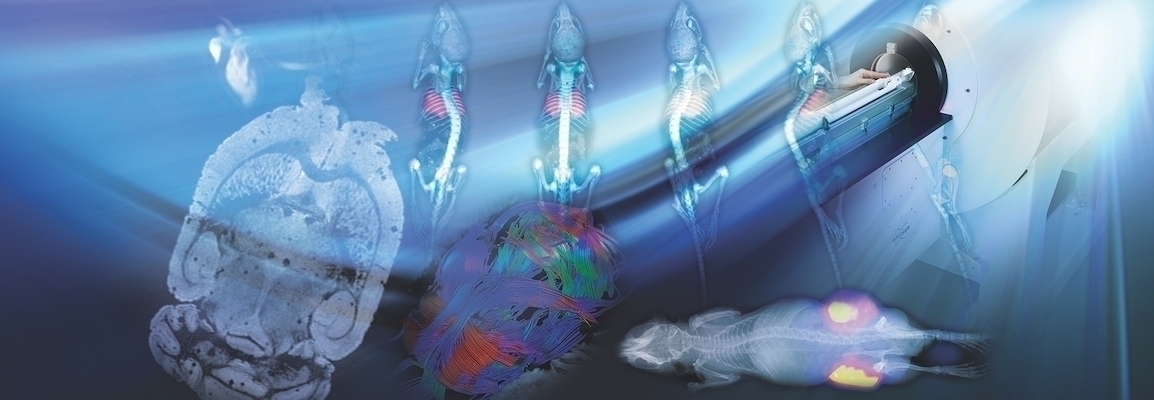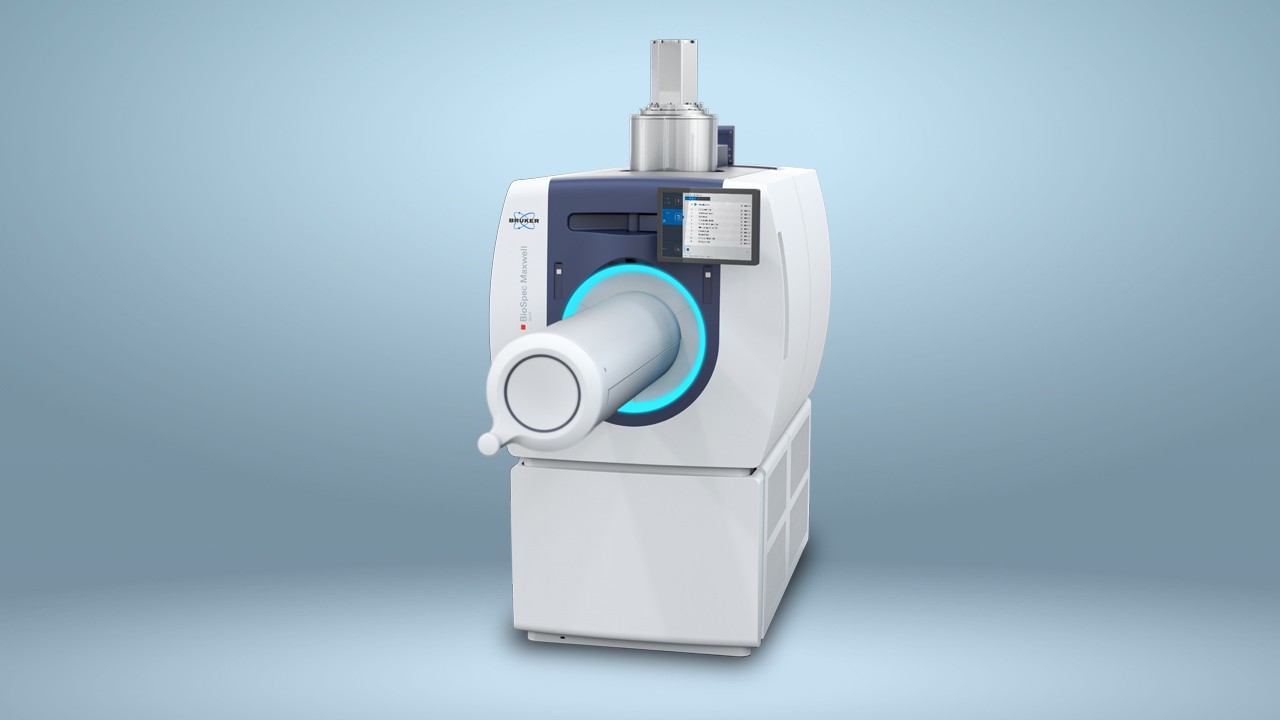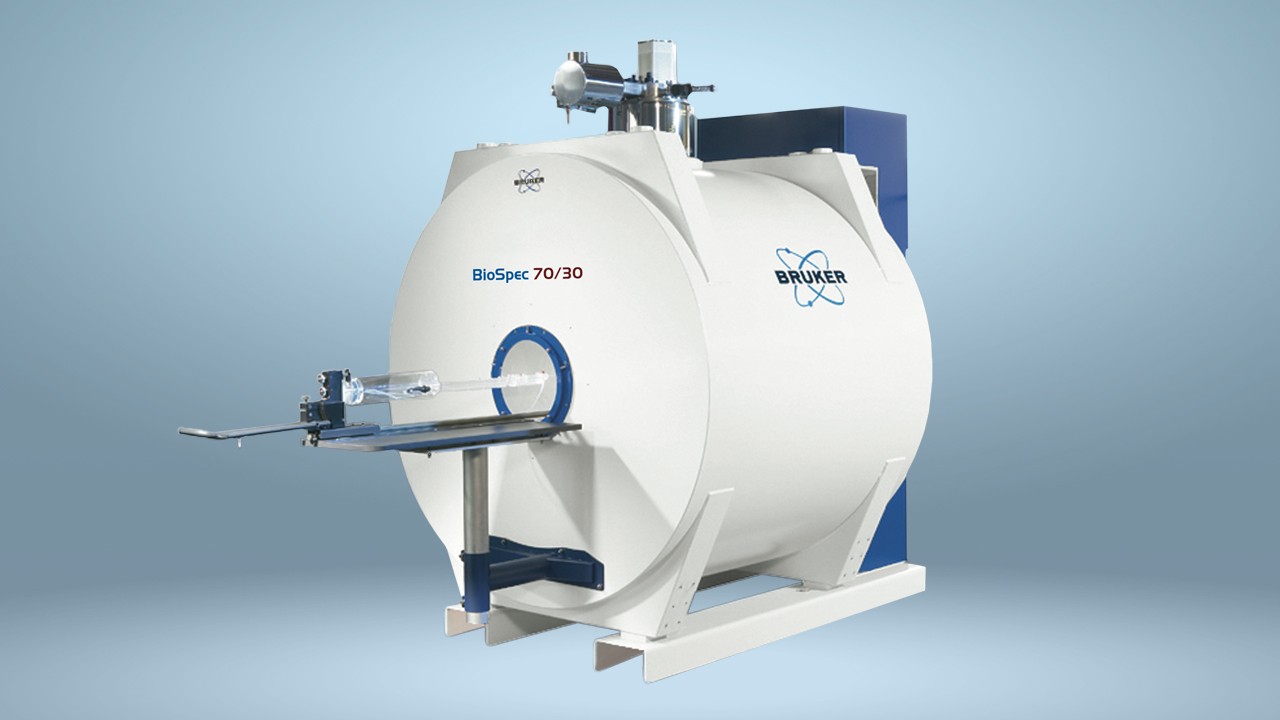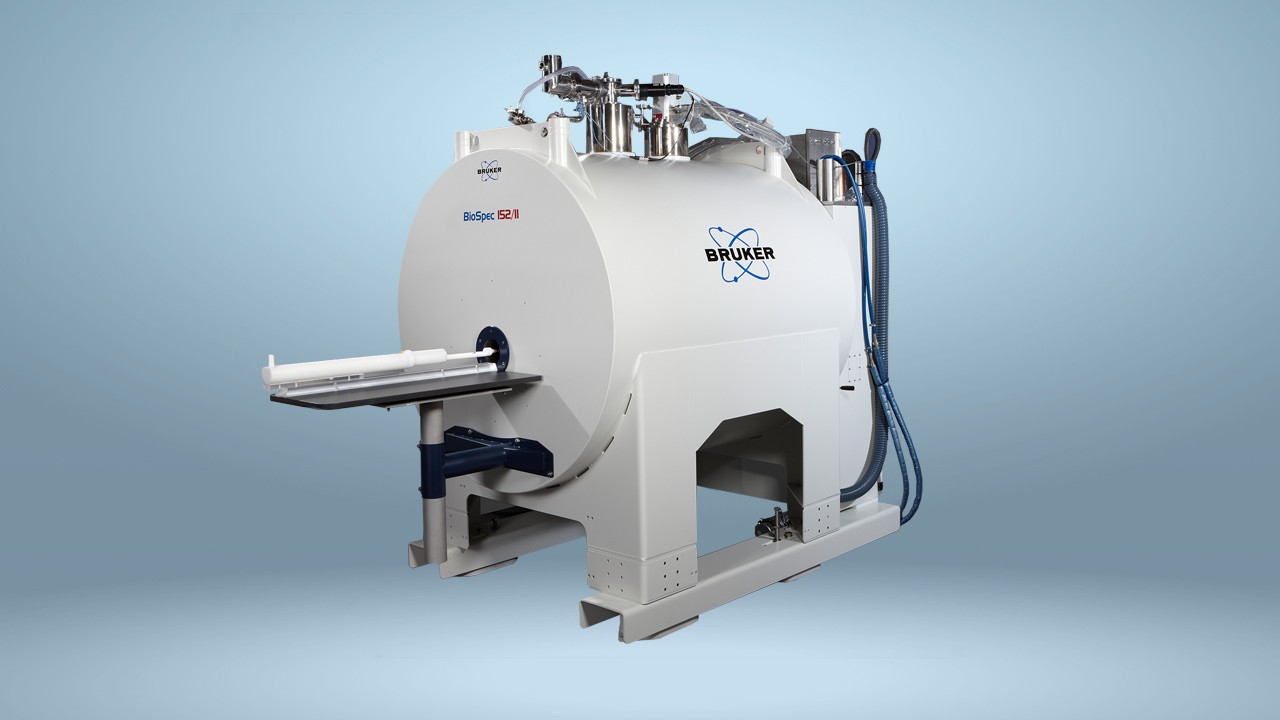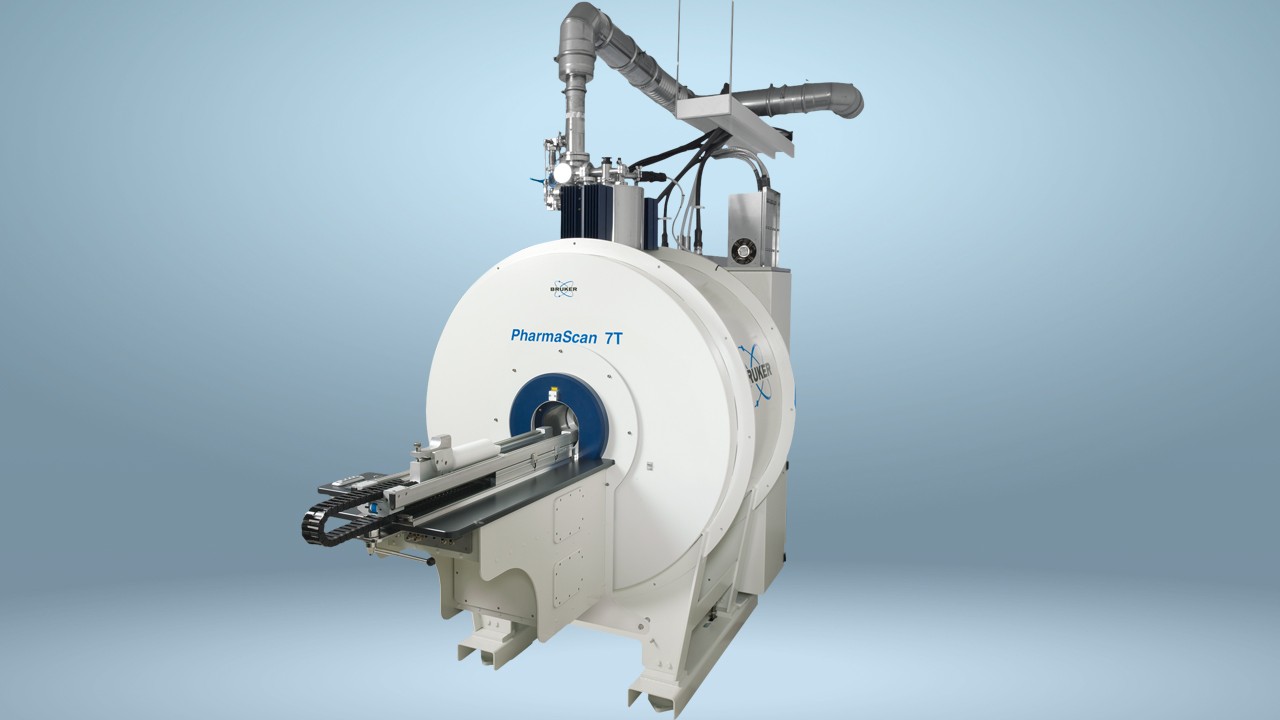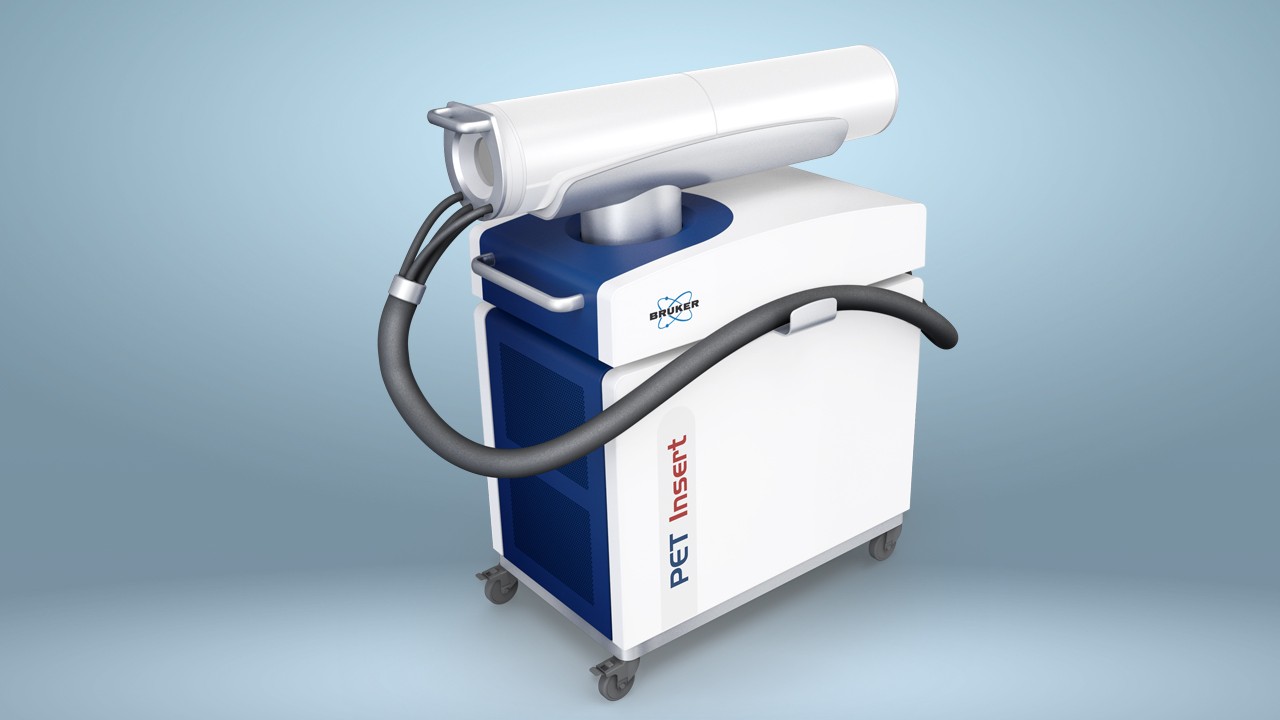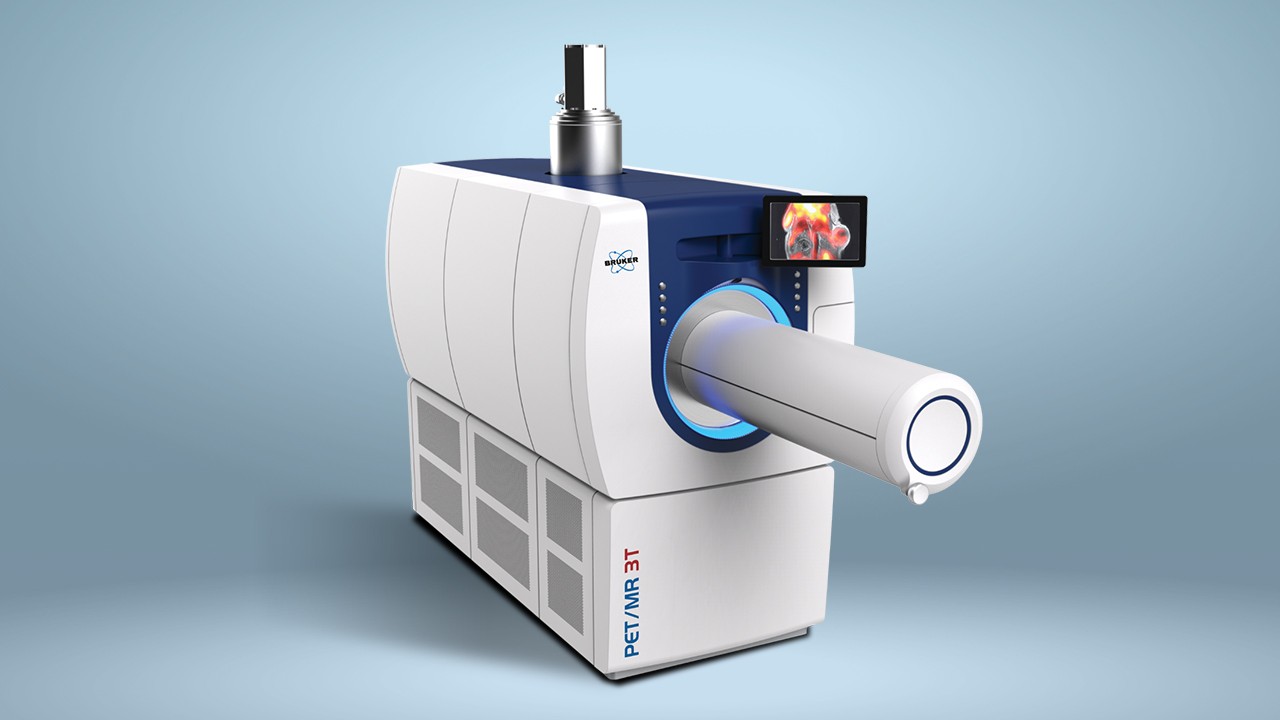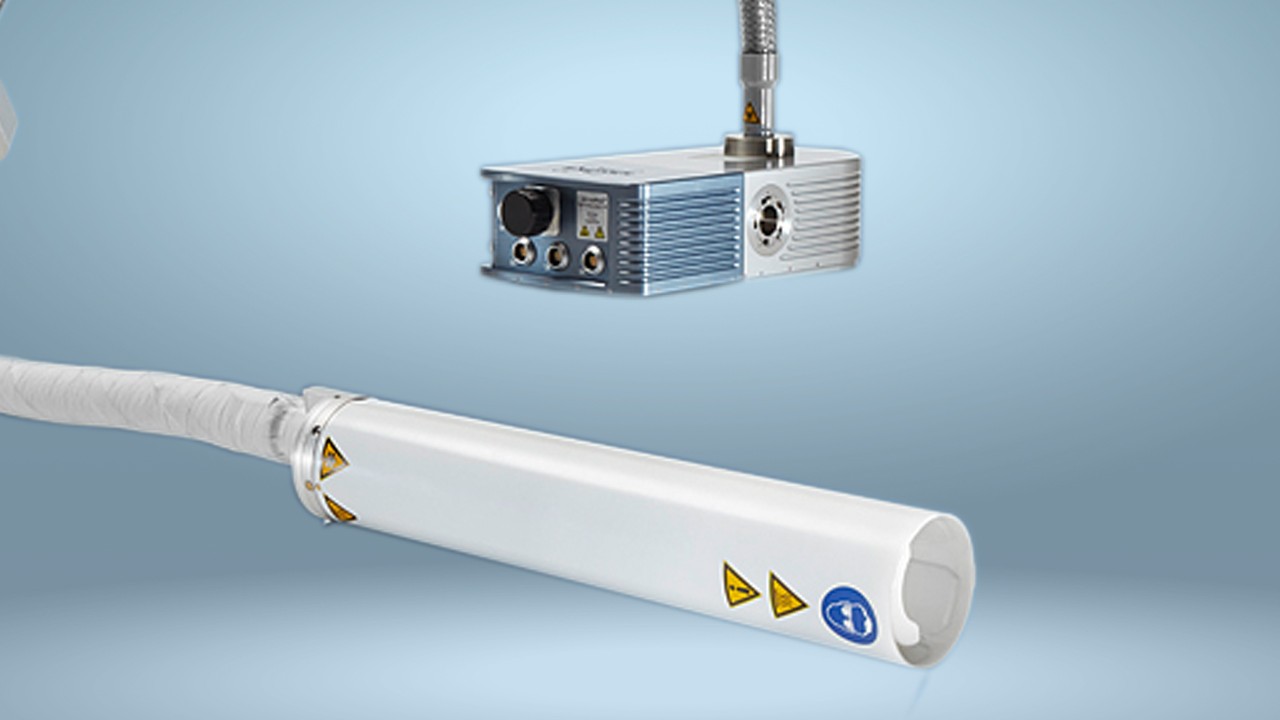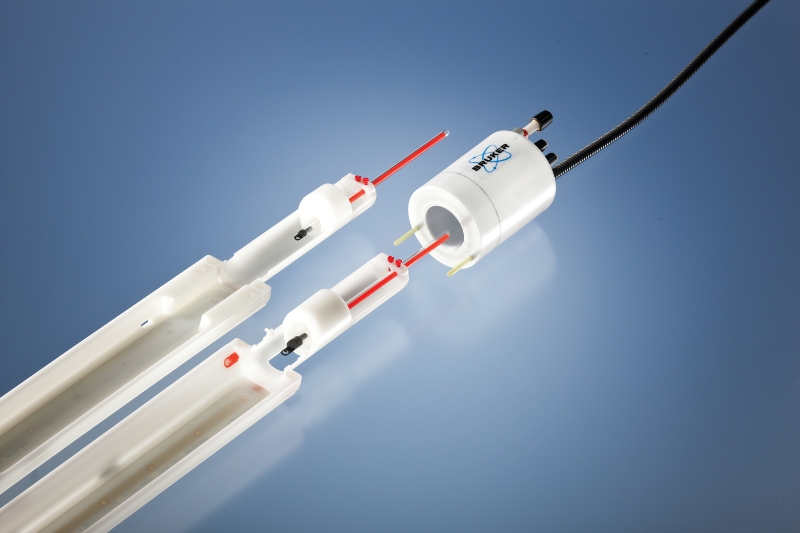

PET and MR Metabolic Imaging Techniques
Metabolic Imaging Techniques
Positron emission tomography (PET) is currently the gold standard in clinical and preclinical metabolic imaging owing in part to the sensitivity and quantitative metrics of PET. Metabolic PET most commonly uses the glucose analogue tracer [18F]FDG, however a range of sugar and lipid tracers are also used in research.
Metabolic magnetic resonance (MR) of brain, organs and skeletal muscle can be obtained by proton (1H) magnetic resonance spectroscopy (MRS), magnetic resonance spectroscopic imaging (MRSI), non-proton (X-nuclei) MRS and MRSI, as well as chemical exchange saturation transfer (CEST) imaging. While most of these methods do not require contrast agents, some require administration of labeled compounds.
PET, Broad Utility in Metabolic Studies
PET is a well-established tool in research for interrogating metabolism. This is owing to the high molecular sensitivity of PET and broad utility especially using the metabolic PET tracer [18F]FDG. [18F]FDG falls in the class of tracers known as metabolic trap tracers. Due to the unique biochemical properties of [18F]FDG, the tracer is transported into cells by glucose transport proteins and trapped inside the cells. [18F]FDG -PET is used widely in oncology, neurology, and broader tissues. Owing to the shift in tumor metabolism known as the Warburg effect, [18F]FDG can be used broadly in cancer imaging. Changes in brain metabolism are observed in a range of neurodegenerative conditions. PET metabolic studies in disease models of metabolic syndrome, diabetes, and therapies are also widely reported. For example, peripheral disease processes associated with metabolic syndrome may employ metabolic PET for early detection of metabolic disease.
(Left) Mouse brain [18F]FDG-PET/MRI in study of neurodegenerative disease. Mouse brain axial view, MR reference only, and orthogonal views with VOI atlas placement. (Center) [18F]FDG-PET/MRI in an orthotopic osteosarcoma tumor model reveals heterogenous tumor micro-environment. (Right) [18F]FDG-PET/MRI study of metabolic disease effects in peripheral mouse muscle. Muscle fibers (blue arrow), bone/joint (green arrow), and vasculature (white arrows) are noted.
Courtesy of Prof. M Wang, Fralin Biomedical Research Institute, Virginia Tech Carilion, Roanoke, VA, USA
Hyperpolarized MRI: Supercharging Metabolic Substrates
In recent years, preclinical research using hyperpolarized 13C substrates has gained increasing popularity. Though the effect is transient, hyperpolarization increases the MR signal (>10,000-fold) by increasing spin polarization. The most widely used technique for the hyperpolarization of 13C substrates is dynamic nuclear polarization. It is combined with rapid dissolution to generate solutions that can be injected into organisms.
Hyperpolarized 13C MRI has been used to assess a variety of metabolic pathways and to characterize their dynamic properties in vivo. Among them, 13C pyruvate, an endogenous molecule, is the most widely studied hyperpolarized probe given its role in multiple metabolic pathways, including glycolysis, the tricarboxylic acid cycle (e.g., 13C αketoglutarate, 13C succinate, and 13C fumarate), and amino acid biosynthesis. It has also been exploited to characterize metabolic alterations in preclinical models of cardiovascular and neurological disorders. Moreover, multiple studies have shown the utility of using hyperpolarized 13C pyruvate to measure the Warburg effect in cancer models. Beyond hyperpolarized 13C pyruvate, hyperpolarized probes can inform on global tissue properties such as pH balance or cellular oxidative potential.
Mice implanted with PDX tissue in the renal capsule were examined using 2D EPSI at 3T after infusion of hyperpolarized [1-13C] pyruvate. Spectroscopic imaging allowed temporal tracking of both pyruvate as well as lactate in different locations of the tumor.
Courtesy: R. Sriram, S. Subramaniam, D. Peehl, J. Kurhanewicz et al, Pre-Clinical MR Imaging Core, University of California, San Francisco, CA, USA
More Information
New Molecular MRI Agent
An interview with Franz Schilling and Martin Grashei on Hyperpolarized 13C-labelled Z-OMPD
Beyond Proton Imaging: X-nuclei
Sodium (23Na) MRI, & Metabolic Homeostasis
Sodium (Na+) is the second most abundant cation in the body and plays a crucial role in osmoregulation and physiology of cells. They affect the energy-consuming processes of membrane transport and neurotransmission, and act as a counter ion for balancing charges of tissue anionic macromolecules. Thus, 23Na MRI has been used to non-invasively detect endogenous sodium ion concentrations in the brain, cartilage, and body, for example, to study 23Na content changes in skeletal muscle during exercise, myocardial ion homeostasis, and kidney function evaluation.
There is a large Na+ concentration gradient in tissue between the intracellular and the extracellular space, maintained primarily by energy-dependent Na+/K+-ATPase. If the cell membrane is destroyed or energy metabolism disturbed, it can drive an impairment of the Na+/K+-ATPase, which exacerbates intracellular sodium concentration and induces cell malfunction eventually leading to cell death. 23Na MRI has been used to study pathological changes in Na+ tissue concentration in preclinical models of brain tumors, stroke, and other neurological disorders. As an altered Na+/K+-ATPase activity promotes cancer metastasis by mediating invasion and migration, 23Na MRI has been used to monitor Na+ changes during tumor growth and metastasis and to assess the effect of anticancer therapy.
Carbon (13C) MRS/MRSI, & Organic Metabolic Substrates
Carbon (13C) MRS and MRSI detect and map resonances from 13C, the only stable isotope of carbon having a magnetic moment. The fact that the natural abundance for 13C is approximately 1.1% of total carbon and its gyromagnetic ratio is approximately one-fourth of that of the proton, renders 13C MRS a relatively insensitive technique. Sensitivity can be noticeably improved by using isotopically enriched 13C substrates. The detection of substrates selectively enriched with 13C in specific carbon positions has made it possible to follow a large variety of metabolic pathways, including glycolysis, the pentose phosphate pathway, glycogen synthesis and degradation, gluconeogenesis, the Krebs cycle, ketogenesis, and ureogenesis, among others. The combined use of 13C substrates with MRS and MRSI has been established as an alternative to PET techniques as it provides chemical information in addition to the spatial information of labeled compounds.
Phosphorus (31P) MRS/MRSI for Mitochondrial ATP & Beyond
The phosphorus 31P isotope has a natural abundance of 100% in the body. Measuring levels of 31P containing metabolites including phosphocreatine (PCr), beta-nucleoside triphosphate (β-NTP), phosphomonoesters (PME), phosphodiester (PDE) and inorganic phosphate (Pi) by 31P MRS and MRSI allows monitoring of bioenergetic processes, membrane phospholipids metabolism, and tissue pH in the intact organism. By assessing the frequency shift of the β-adenosine triphosphate (ATP) peak, the concentration of magnesium, which is important for nerve transmission and neuromuscular function, can be measured in tissue. In addition, 31P magnetization transfer experiments permit the estimation of the unidirectional fluxes associated with metabolic exchange reactions and have been used to examine the bioenergetic reactions of the creatine-kinase system and the ATP synthesis/hydrolysis cycle. Preclinical applications of these techniques in organs including the brain, skeletal muscle, liver, and heart under physiological and pathological conditions have been demonstrated. Measurement of tissue pH with 31P MRS has been used in preclinical cancer studies as tumor acidity is an important hallmark of the disease.
Webinars
Deuterium (2H) Metabolic Spectroscopy/Imaging (DMS)/(DMI)
Deuterium (2H) is a stable hydrogen isotope with a favorable T1 and SNR potential. Although it has an extremely low natural abundance (0.0156%), DMS and DMI can be used to study cellular energy metabolism via the uptake, breakdown, and downstream processing of glucose after infusion of 2H-labeled glucose.
During glycolysis, glucose is converted to pyruvate which can enter the Krebs cycle, where its metabolic breakdown leads to efficient production of adenosine triphosphate (ATP) via oxidative phosphorylation. The glycolysis and Krebs cycle intermediates, e.g., glutamate/glutamine, lactate, and water can then be detected based on their well-resolved 2H resonances and chemical shifts. The analysis and kinetic modeling of time-resolved DMS and DMI experiments enable the calculation of glycolytic rate and Krebs cycle rate. The methods provide excellent sensitivity and temporal resolution for detection and have been proven to be technically simple and robust.
DMS and DMI have been applied for investigations of energy metabolism in the brain, heart, and liver. Moreover, disease conditions that are associated with an altered energy metabolism can be studied. For example, when there is lack of oxygen during ischemia, glycolysis is anaerobic, and pyruvate is converted into lactate instead of entering the Krebs cycle. In addition, it is known that tumor cells have an increased glucose demand and rely, even under oxygen-sufficient conditions, mainly on aerobic glycolysis for energy production, leading to an increased lactate production in tumors.
High fat versus standard liver metabolism are compared in rats. Rainbow intensity scale bar shows relative metabolic activity overlayed on liver. Courtesy: V. Ehret, U. Ustsinau, T. Scherer, C. Fürnsinn, C. Philippe, M. Krššák, Medical University of Vienna, Vienna, Austria
More Information
Webinars
Chemical Exchange Saturation Transfer (CEST)
In chemical exchange saturation transfer (CEST), endogenous molecules with slowly exchanging groups such as amine (-NH2), amide (-NH), or hydroxyl (-OH) that possess a chemical shift, which is distinct from water are selectively saturated and the saturation is transferred to the bulk water via chemical exchange. Since these chemical groups can be found in proteins, peptides, and amino acids in biological tissue, CEST allows in vivo mapping of several metabolites and molecules in the body. The indirect detection of less concentrated protons through the observation of those that are highly concentrated makes CEST imaging a high sensitivity technique with good spatial resolution. By optimizing saturation parameters of the radiofrequency pulse (e.g. saturation intensity, offset, and duration), it is possible to probe different exchanging protons.
In the brain, CEST has been used to detect metabolites such as glutamate, glucose, creatine, and myo-inositol which are involved in energy metabolism and neurotransmission. These molecules have also been explored in preclinical models as imaging biomarkers of neurological diseases in which metabolic pathways are altered. CEST is also an important imaging tool in cancer research as tumors are characterized by increased glucose metabolism and peptide production, with glutamate, creatine, and lactate being important metabolites. Moreover, CEST has also been applied to other body parts such as the heart and skeletal muscle during health and disease.
Study in C3H/Tif tumor mice undergoing proton beam therapy. Clear differences in CEST images with amide, amine, and aliphatic-NOE weighting.
Courtesy: K. Kalita, K. Jasiński, and W. Węglarz, Institute of Nuclear Physics Polish Academy of Sciences, Kraków, Poland and B. Sørensen, Aarhus University, Aarhus, Denmark




